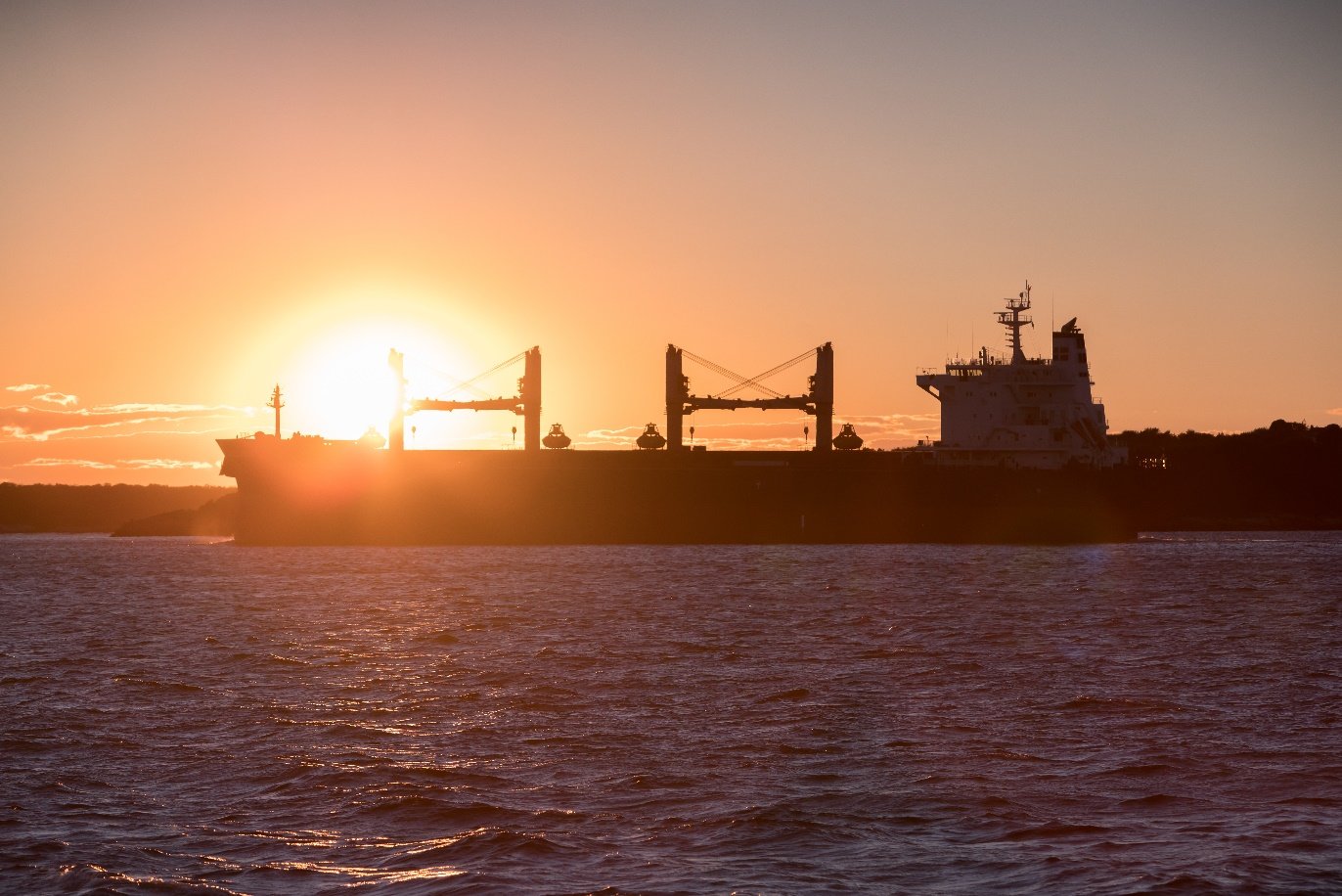
Blog
Overview of Maritime Law Employment Legislation
Posted in Maritime Piracy
As an employee of the maritime industry, you have multiple options when it comes to obtaining financial compensation for injuries or illnesses you have been afflicted with during the performance of your job duties.
That’s not a chance development—maritime law has gone through quite a few deliberate changes over the generations. These various upgrades and revisions have been largely motivated by the need to address and cover over the gaps in maritime personal injury statutes. All this activity has resulted in what exists today as a patchwork of laws, which tends to be confusing for most people.
If you’re a maritime worker who has gotten hurt on the job, it can be difficult to know what to do next. You may have a strong case that you were victimized by another party’s negligence, but who should you sue? And under what law? What kinds of evidence do you need to prove your case? Who can you turn to for help? These are all legitimate questions.
The Limitations of Maintenance and Cure
It’s likely that you’ve already heard about maintenance and cure, a type of personal injury compensation that has been a component of general maritime law and practice since the 19th century. Essentially, maintenance and cure is meant to provide the injured seaman with a minimal level of recompense—usually just enough to cover day-to-day expenses and medical bills. It came into being not through legislative action but due to a series of court decisions over the years.
As the funds provided by maintenance and cure are not substantial, it was eventually found necessary to create personal injury laws that empowered the plaintiffs in maritime personal injury cases to seek additional compensation when appropriate. This led to the passage of a number of maritime laws and regulations that collectively form a veritable alphabet soup of legislation: LHWCA, DOHSA, OCSLA, PVA, AEA, and more.
For anyone who is or will soon be involved in a maritime injury case, it is important to have at least a basic sense of what these laws are about and to whom they apply. That’s what we’ll focus on in the remainder of this article.
A List of Maritime Laws
What follows is a brief outline of the laws that most commonly apply in maritime law cases.
The Jones Act
The Jones Act—more formally known as the Merchant Marine Act of 1920—is probably the best-known and most important of the laws relating to maritime personal injury. This is a wide-ranging federal statute that regulates many aspects of maritime commerce, including the rights of seamen who become injured on the job; this is the section of the Jones Act that is pertinent to the present discussion.
The Jones Act allows injured seamen to sue their employer to collect appropriate compensation. It differs from maintenance and cure in requiring the plaintiff to prove that their employer is at least partly responsible for the incident or conditions that led to the disability. This is known as comparative negligence. Under this doctrine, any financial remuneration awarded to plaintiffs is reduced in proportion to the degree of fault they bear for their injuries.
In order to prevail in a Jones Act suit, the plaintiff must prove four different elements: duty (the employer had an obligation to ensure the safety of employees), breach (failure to fulfill this obligation), causation (the breach of duty caused the injury), and damages (the injury resulted from the employer’s negligence). It is also necessary for plaintiffs to demonstrate that they conform to the Jones Act’s specific definition of a seaman, which does not cover everyone involved in maritime employment.
The Longshore and Harbor Worker’s Compensation Act (LHWCA)
The Longshore and Harbor Workers’ Compensation Act (LHWCA), passed in 1927, provides personal-injury protections to many maritime employees who may not qualify as seamen under the definition of the Jones Act, such as longshoremen, shipbuilders, and repairmen. It is intended for maritime workers who service ships, unload cargo, or perform similar vessel functions on or near U.S. navigable waters.
The LHWCA (also called the Longshore Act) is similar to state workers’ compensation in allocating regular payments, as opposed to a lump-sum judgment or settlement, to employees who become injured while on the job.
LHWCA payments are calculated as a percentage of the employee’s average weekly wage. Under the Act, the specific payment amount and benefit schedule is determined by the classification that applies to the worker. Four classifications are possible: Temporary Partial Disability (TPD), Temporary Total Disability (TTD), Permanent Total Disability (PTD), and Permanent Partial Disability (PPD).
The Outer Continental Shelf Lands Act (OCSLA)
Established in 1953, the Outer Continental Shelf Lands Act (OCSLA) is intended to cover maritime platforms or structures situated more than three miles off U.S. state coastal waters that are under American jurisdiction. This area is called the Outer Continental Shelf. Workmen who do not qualify for Jones Act or LHWCA benefits can apply for compensation under OCSLA provided that the conditions of their employment are covered under this Act. These benefits are very similar to those paid out under the LHWCA.
Death On the High Seas Act (DOHSA)

The Suits in Admiralty Act (SAA) & the Public Vessel Act (PVA)
These closely related acts both partially waive the government’s immunity to lawsuits and enable seamen who have been injured by vessels owned or operated by the U.S. to sue for personal injury compensation. It can be difficult to grasp the distinctions between the two acts, especially for anyone who is not familiar with the intricacies of maritime law cases.
In essence, a suit can be brought under the PVA if it directly involves damages caused by a vessel, while the SAA (sometimes called the SIAA) applies to personal injury claims of this nature that do not fall under the scope of the PVA.
The Admiralty Extension Act (AEA)
Enacted in 1948, the Admiralty Extension Act (AEA) protects employees who have been injured on land due to negligence associated with a seafaring vessel or its “appurtenances” (i.e., accessories of the ship).
For example, workers who are harmed while handling vessel cargo while on land may be able to bring a suit against their employer under the terms of the AEA. Another example would be a worker who is struck by a vessel attachment while walking on land nearby. What constitutes an “appurtenance” isn’t always clear, and this is a recurrent issue that the courts have grappled with in AEA cases over the years.
Why You Need an Experienced Maritime Accident Lawyer
As we’ve noted, it’s not always obvious which law a particular maritime personal injury case falls under. This confusion can cause plaintiffs serious headaches; it can even make them miss the opportunity to file an injury claim due to the statute of limitations.
Maritime laws have different time limits for filing, and you may be mistaken as to which statutory period applies to your case. That’s why you should not delay in reaching out to the maritime accident attorneys at Schechter, Shaffer & Harris, L.L.P. We can analyze your case and determine the right course of action.
Call us today; we answer the phone 24/7 at 1-800-836-5830. You pay nothing unless we win!














